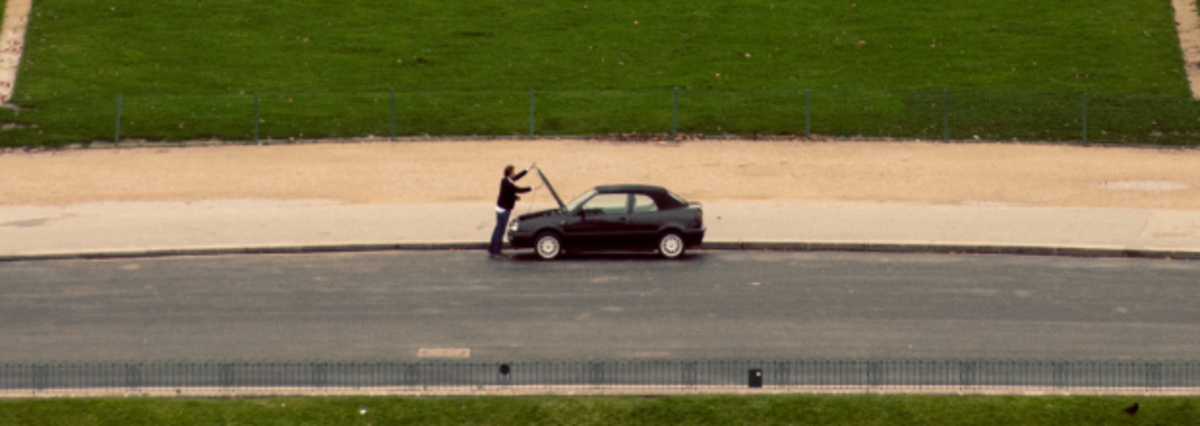Mobile Website Trouble? Pop The Hood

A couple of years ago, I went to California and spent a few days exploring L.A. Since I’d never been to L.A I had to rely heavily on my phone to find my way around.
I shouldn’t remember this, but after a couple of minutes of attempting to find things to do on websites that weren’t optimized for mobile phones, the experience is still fresh in my mind. I remember the page taking forever to load, zooming and pinching to read the text. The whole experience took more time than I wanted.
Website design is such an important tool for companies to focus on because it tells the customer what kind of business you are. If it’s done right the benefits of a great website can impact your business by increasing traffic. When designing a mobile website we tend to favor our approaches to meet our needs, but what about the customer? Just like the auto shop it’s time to pop the hood, run some diagnostics and look at some answers to common mistakes mobile websites make.
1. Don’t forget the small things
In order to build the perfect mobile website, there will no doubt be some trial and error. Small mistakes are just that, small. However, when those start to add up it can really hurt your mobile traffic. Some minor things to look out for are:
- Links, videos, and content- You want everything on the page to run smoothly in order to engage the customer. Flash is a common media player on web pages, but there is one small problem: Apple doesn’t run Flash.
- Correct links- Make sure that the links on the mobile website work, if they don’t it could hurt the customer’s view of your credibility.
- Take into account the width of the page- One thing you don’t want is to cut off images or words on the web page.
2. Limit the High-density display
Technology today has given us brilliantly sharp displays on our devices that make everything look clear. When designing a mobile website, companies want to build grand displays that will “WOW” the customer. The problem is that may be hurting, not helping. When you have big displays it increases the file size of your website which does the following:
- Increases loading times- Makes sense right? Large files cause your web page to load slower. I can personally say that if something takes long to load….I’m going to move on to the next website!
- Data-heavy- A lot of customers do their research on the go and they aren’t going to use their whole data plan consistently to visit your web page.
3. Make your website “Finger Friendly”
I know this sounds weird, but this goes back into the accessibility your website. Some web page designers forget that fingers aren’t as precise as mouse pointers. Following some of these tips could help improve your web page:
- Make the target bigger- This will make sure the button the customers want to click on will actual take them where they want to go. The customer will be able to explore your website easier.
- Limit the number of targets- The last thing you want is to make your web page look crowded. The customer will appreciate the simplified layout and there will be less confusion.
If your mobile website is having these issues, you could be hurting your web page traffic. At CarCareCONNECT, we design sleek and functional websites and are constantly updating them so that you won’t have to worry about these mobile issues. Find out more about how we can take your website to the next level by calling 1-800-591-8675 or by going to our page.
